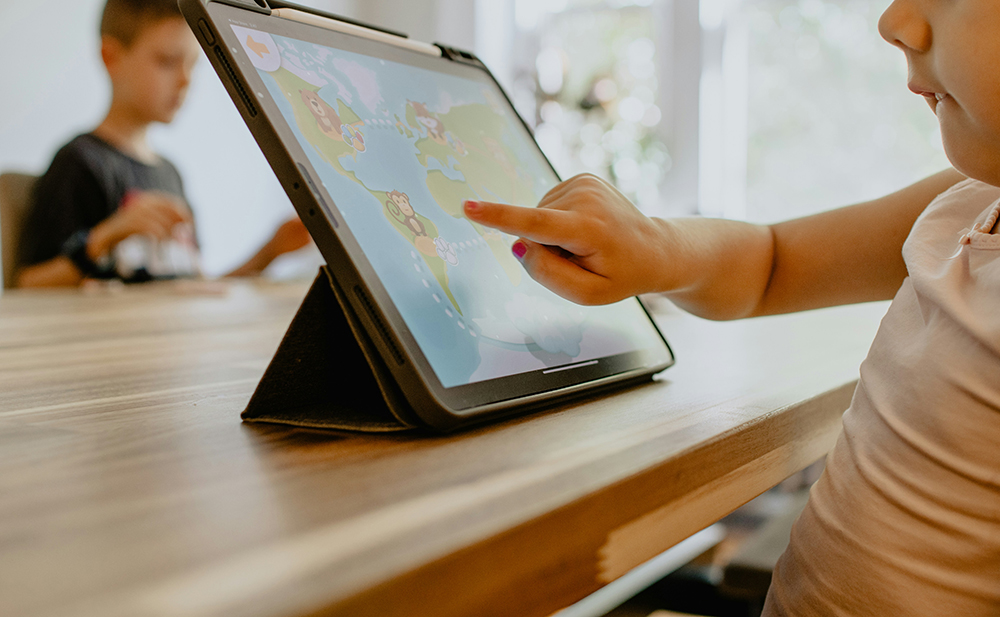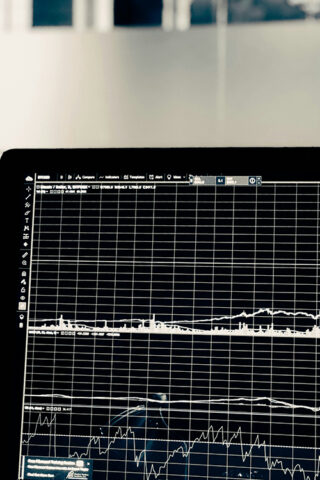Aminah Mustapha, GeorgetownSecurityStudiesReview.org, October 30, 2024
The digital revolution has changed nearly every facet of daily life—from communication and work to tackling urgent global issues such as climate change and public health. Despite technology’s ability to connect and empower, millions worldwide are still excluded from its advantages. This “digital divide”—the disparity between those with access to modern information and communication technologies (ICT) and those without—extends far beyond merely lacking the latest smartphone or not having social media accounts. The digital divide restricts access to vital services like education and healthcare, heightening socioeconomic inequalities and hindering global progress on crucial matters. It exacerbates existing layers of exclusion, where cost, infrastructure issues, and poor digital literacy further separate the fortunate and the less fortunate. At a geopolitical level, inadequate technology development leads to national economic stagnation, weakens government effectiveness, and increases susceptibility to cyber threats and disinformation. Tech-related inequality risks intensifying geopolitical tensions and inciting social unrest if left unaddressed. Ultimately, this multilayered problem requires a collaborative response from governments and industry. Without purposeful efforts to close this gap, the digital divide will persist in increasing inequalities, leaving the disadvantaged even further behind.
Policy interventions that foster digital inclusion are needed. Digital inclusion means ensuring all individuals, especially underserved communities, have equitable access to technology and the skills needed to use it effectively. It includes affordable internet, digital literacy programs, accessible content, and the ability to participate in the digital economy. Ultimately, digital inclusion enables fuller social participation and helps bridge social and economic divides–essential to a fairer and more resilient global future.
Bridging the Technological Divide: Access and the Stakes for Global Equity
The digital divide is more than a connectivity gap or the ability to get online; it represents unequal access to the resources necessary to thrive in a digital economy and the capacity to leverage digital tools effectively. While 66 percent of the global population is online, 2.7 billion people still need to be connected. The ‘unconnected’ face critical employment, healthcare, and education barriers. In developed nations, digital inequalities persist among low-income groups, rural areas, and older people who lack digital literacy or access to affordable technology. In contrast, developing countries face a more profound divide because of inadequate infrastructure and minimal digital education. For instance, rural regions in Sub-Saharan Africa often lack reliable broadband networks, with internet access primarily restricted to mobile networks. This dependency makes connectivity costly and unreliable, compounded by challenges such as inconsistent electricity supply. Even in regions with internet access, high costs and unreliable service limit participation in the digital economy.
To access the full article, click here.
To learn more about Onepak’s commitment to the circular economy and creating digital equity through responsible device use, visit our sustainability page.








